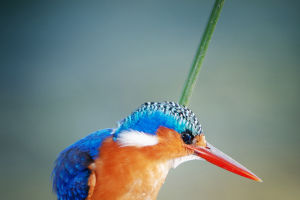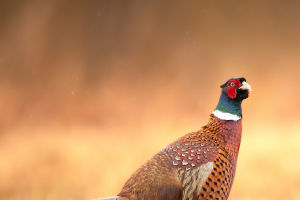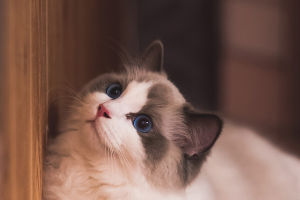The origin of cats is shrouded in mystery, spanning millennia of evolution that have shaped these enigmatic creatures into the beloved companions we cherish today.
From their wild ancestors to the domesticated companions we know, the journey of cats is a fascinating tale that intertwines with human civilization and natural history.
The roots of modern cats can be traced back to ancient wild felines that roamed the earth millions of years ago. The common ancestor of all cats, known as Proailurus, was a small carnivore that lived in trees and hunted small prey. Over time, different lineages of cats emerged, each adapting to its environment and evolving distinct characteristics.
Around 10-15 million years ago, a crucial point in feline evolution was marked by the emergence of Felis silvestris, the wildcat that played a pivotal role in shaping the lineage of domestic cats. These cats displayed increased adaptability, spreading to various regions and eventually interacting with early human settlements.
The symbiotic relationship between cats and humans began thousands of years ago. In ancient civilizations such as Egypt, cats were revered for their hunting skills and were even considered sacred beings. The Egyptians' respect for cats was so profound that harming or killing a cat was a serious offense.
The domestication of cats was a gradual process driven by mutual benefit. As humans transitioned from nomadic to agrarian societies, they stored surplus grains that attracted rodents. Wildcats were drawn to these rodent-rich environments, and a mutually advantageous bond developed between humans and these skilled hunters.
Unlike the domestication of dogs, which resulted in pack animals, domesticated cats maintained their independent nature. Cats offered pest control while retaining their self-sufficiency, making them invaluable to early farmers and traders. This relationship marked the beginning of cats' integration into human communities.
Genetic studies have provided insights into the origins of domestic cats. The DNA of modern domestic cats shares a common ancestry with various wildcats, including the African wildcat (Felis silvestris lybica) and the European wildcat (Felis silvestris silvestris).
Cats, aided by human trade and exploration, spread across continents. They accompanied sailors to control shipboard rodents, establishing feline populations in diverse regions. This worldwide distribution contributed to the diversity of cat breeds that we recognize today.
Throughout history, cats have held diverse roles in human culture. From being associated with witchcraft and superstitions to symbolizing luck and prosperity, cats have been woven into the fabric of myths, stories, and customs across cultures.
Cats' evolution is a testament to their ability to adapt to various environments. The size, coat, and behavior of domestic cats often reflect the climates and conditions of their geographic origins.
Today, domestic cats have evolved into cherished companions, providing companionship, comfort, and affection to millions of households. Their unique personalities, behaviors, and communication styles continue to fascinate and enchant cat lovers.
While domestic cats thrive in human care, some wildcat species face conservation challenges due to habitat loss and human impact. Initiatives are underway to protect and preserve these wild feline relatives for future generations.
The study of cat genetics and ancient remains has unveiled intriguing insights into the history of cats. Remains of domesticated cats have been found alongside human burials, indicating their deep connection with our ancestors.
The origin of cats is a tale that spans epochs, weaving together evolutionary biology, human civilization, and cultural mythology. From their wild ancestors to the diverse array of domestic cat breeds today, these creatures have etched their presence into our history and hearts.
As they purr on our laps and explore our homes, they carry with them the legacy of their ancient past, reminding us of the profound and enduring bond between humans and their feline companions.


